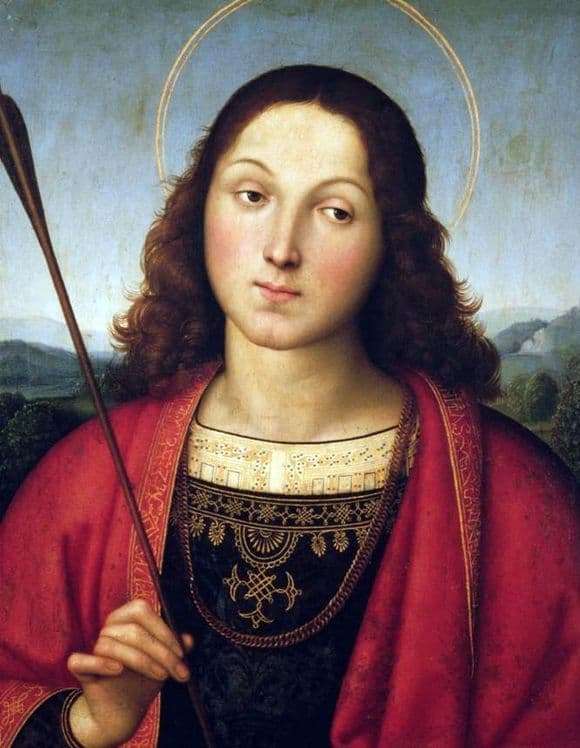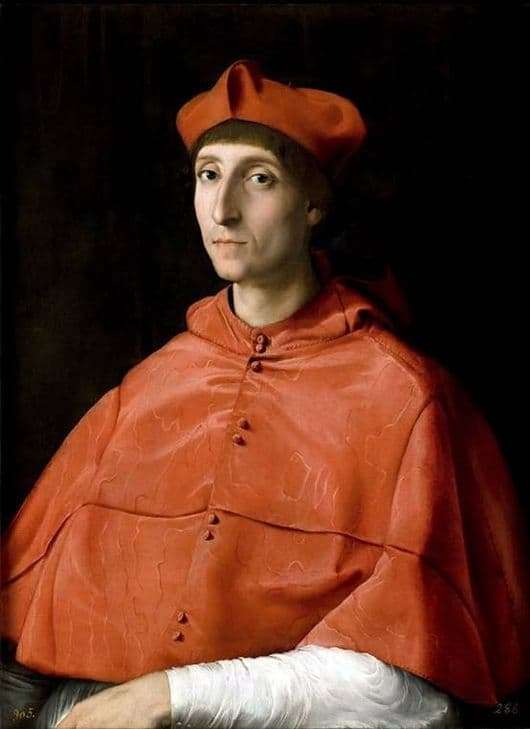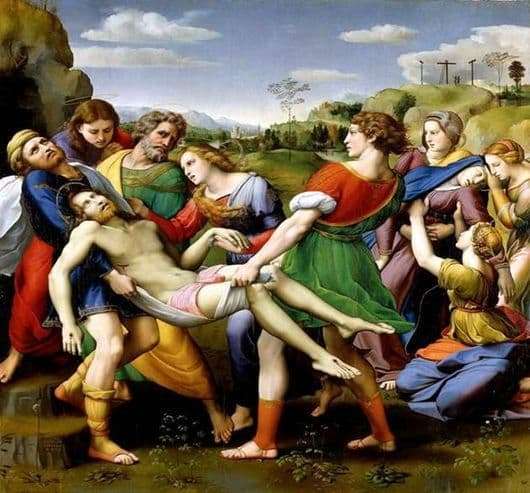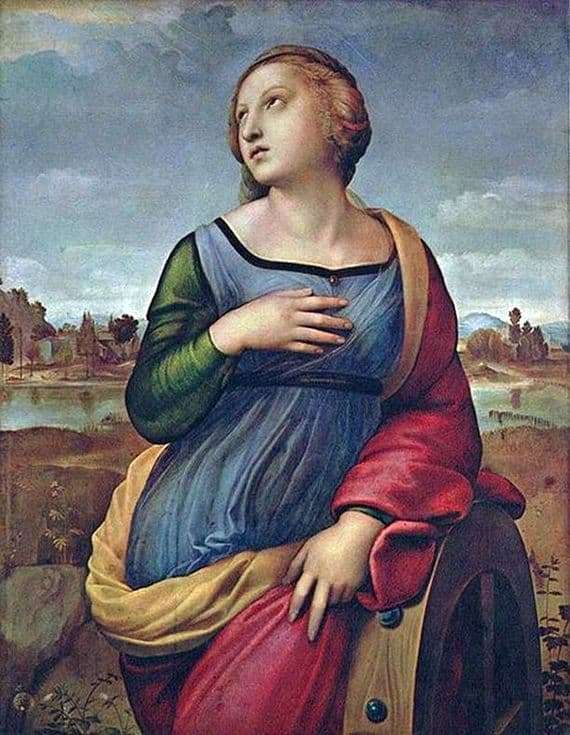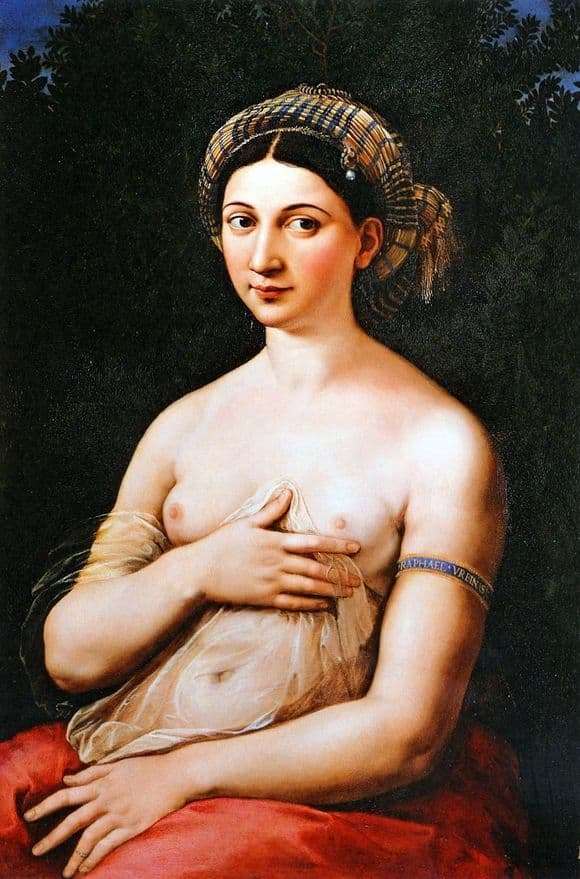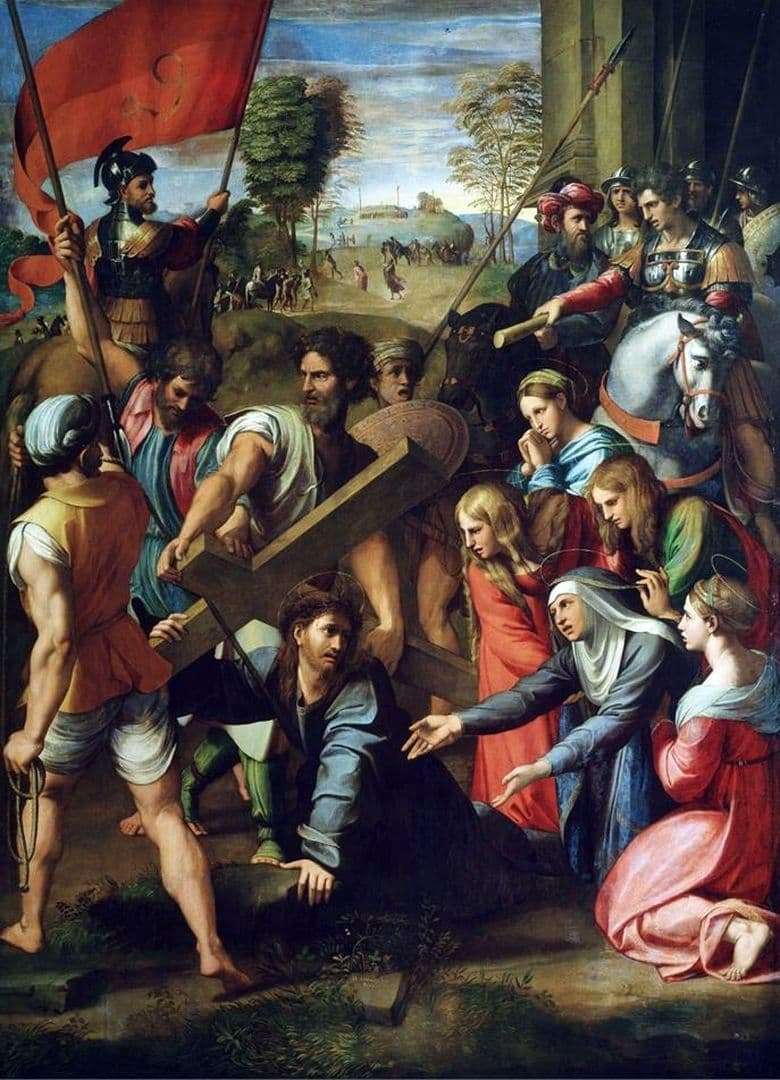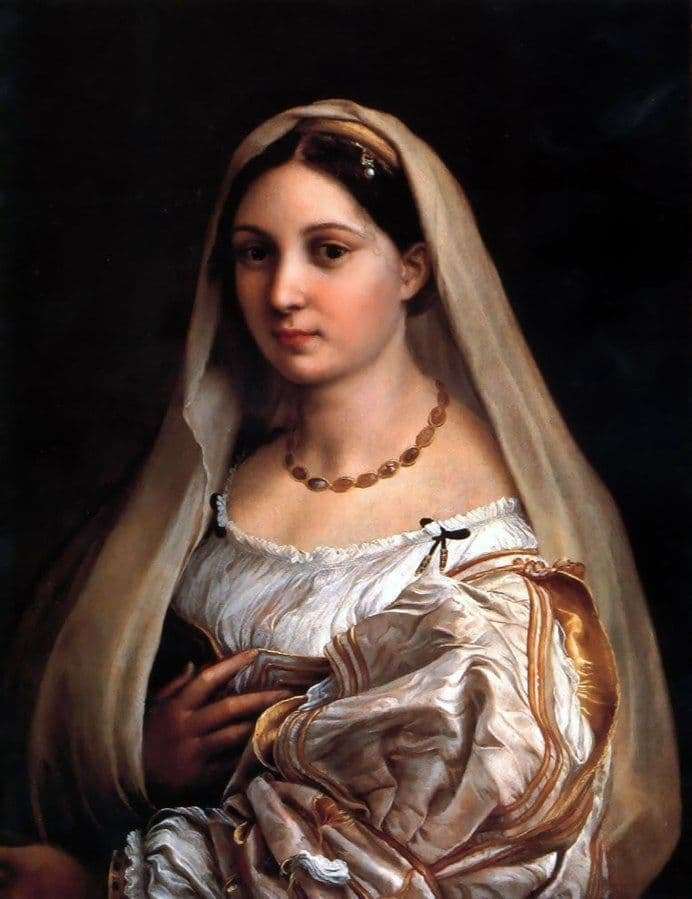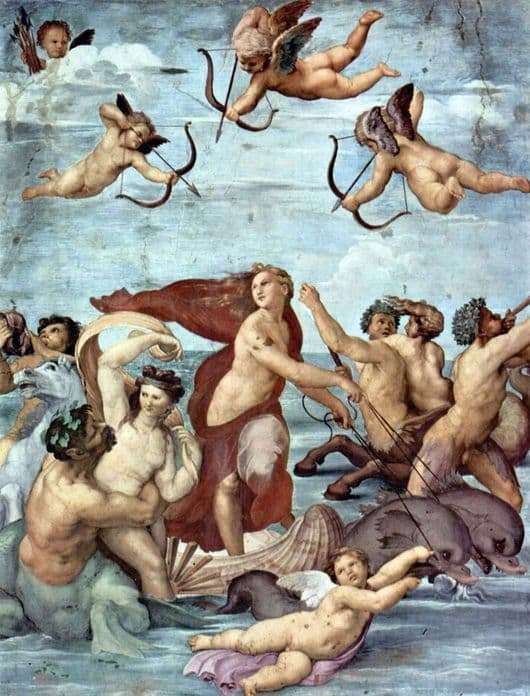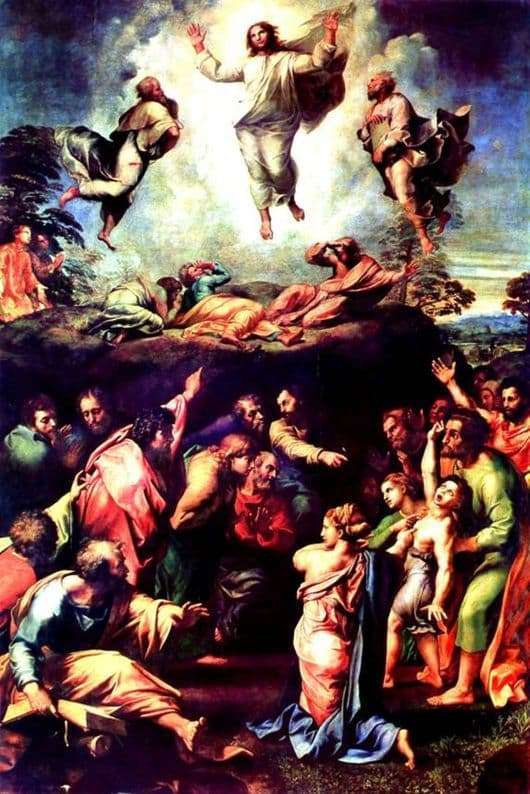
Rafael Santi is a famous Renaissance artist who, in his short 37 years, has written many canvases known to the whole world. The greatest glory to Raphael was brought by the painting “The Transfiguration of God”, or the “Transfiguration of Christ” in a different interpretation. A huge canvas was ordered for the Catholic Cathedral in Narbonne, by Cardinal Giulio Medici himself in 1517.
Starting to work on the picture, the artist wrote a parallel canvas personally for the cardinal. For his paintings, the artist used a well-known biblical story described in the gospels, which tells that Christ decided to show his students his true appearance. As they say in the Scripture, Jesus took with him the three apostles Peter, James and Jeakim, and led them to a high mountain, where he was transformed before them, presenting himself in a bright form, surrounded by divine aura. Then came the voice of God, who confirmed to the apostles that Jesus was his true and only son.
Having descended from the mountain, the apostles and Jesus meet a crowd of people who accompany the father and his son, the devil-possessed, to turn to Christ with a request for his healing.
And here begins the story of the painting by Raphael, telling about this moment.
In the foreground are the apostles, who recline in various positions in anticipation of the descent of Christ. Jesus himself soars in a circle of light over the rest of the people, he is weightless and beautiful. People stretch their hands towards him, and the old man and the boy froze in anticipation of healing. The artist also depicted a kneeling woman who, together with everyone, is waiting for a miracle. All these people point to Christ, their faces are full of anxious excitement. He comes and heals the child, banishing the evil spirit.
The upper part of the picture is illuminated by divine light emanating from Christ, the lower one is darkened.
According to available information, the artist himself wrote the top of the picture, and his students wrote down the lower part, since Rafael Santi died tragically in 1520. But his immortal canvas can be considered a role model for contemporary artists.
Description of the painting by Raphael Santi “Transfiguration”
